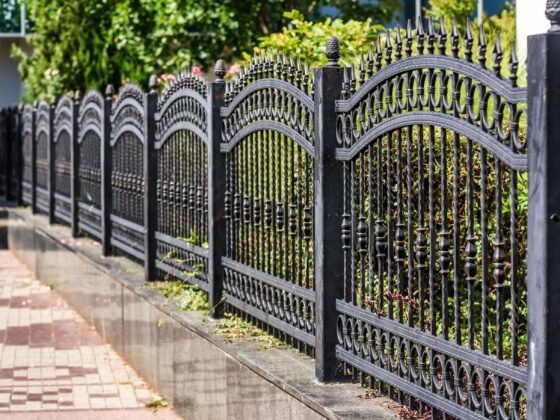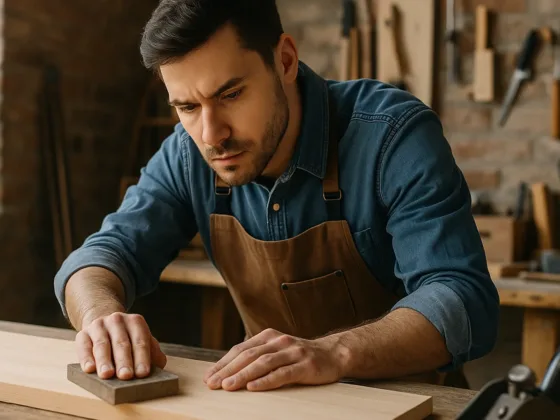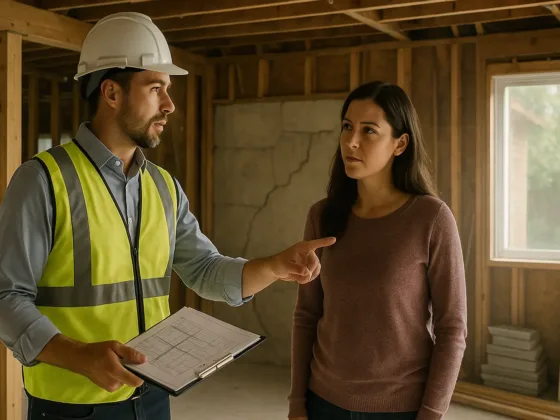Table of Contents Show
An air conditioner is a device that is used to cool a building or room. With the rise of global temperatures, air conditioners have become essential household and commercial appliances.

However, the average person may not know how exactly air conditioners work to keep their homes and workplaces comfortable. In this article, we will dive into the science behind air conditioning and explain the various components and processes that make it possible.
The Basic Principle of Air Conditioning
Air conditioning works on a simple principle of thermodynamics, which is the study of heat and its relation to energy and work. The basic idea behind air conditioning is to remove heat from inside a building and transfer it to the outside.
This is accomplished by circulating a refrigerant, which is a substance that can absorb heat and then evaporate, through a series of coils and pipes.
Read Also:
The Components of An Air Conditioner
An air conditioner is made up of several components, each of which plays a crucial role in its functioning. The main components of an air conditioner include:
- Evaporator Coil: The evaporator coil is located inside the building and is responsible for absorbing heat from the air inside. The refrigerant inside the coil absorbs the heat and then evaporates into a gas.
- Compressor: The compressor is located outside the building and is responsible for compressing the refrigerant gas and then sending it to the condenser coil.
- Condenser Coil: The condenser coil is also located outside the building and is responsible for releasing the heat absorbed by the refrigerant gas. The heat is released into the outside air, and the refrigerant is then condensed back into a liquid.
- Expansion Valve: The expansion valve is located between the evaporator and the condenser coils and is responsible for regulating the flow of refrigerant.
- Refrigerant: Refrigerant is a substance that is used to transfer heat from one place to another. It is the key component of an air conditioner, as it is responsible for absorbing heat from the air inside the building and releasing it outside.
The Process of Air Conditioning
The process of air conditioning can be broken down into four steps:
1. Heat Absorption By The Evaporator Coil
The air conditioning process starts with the evaporator coil that is located within your house. The warm air from the interior is pulled into a vent and blown over the chilled evaporator coil. This coil removes heat from the air, making it cool.
The cooled air is then released into the air ducts and spread evenly throughout the home with the help of a fan. As the refrigerant captures heat from the air in transit, it transforms from liquid to gas and continues its journey through the system, reaching the compressor.
2. Compression of Refrigerant
The next step involves the compressor, which increases the temperature of the refrigerant by decreasing its volume. This is achieved by compressing the gas tightly between two solid objects, raising both the pressure and temperature of the refrigerant in preparation for the condensing process. Since the compressor is a crucial part of the AC unit and is located outside, it is important to protect it with ac unit fence.
3. Heat Transfer to The Outside
The refrigerant, now a highly heated vapor, moves on to the condenser, located outdoors. Here, it is exposed to the outside air, which absorbs the heat from the refrigerant and lowers its temperature, changing it back into a liquid.
4. Condensation Of Refrigerant And Repetition Of Cycle
The cooled refrigerant then travels back inside the evaporator coil to again go over the process. This cycle keeps on until the temperature inside your house reaches the specified setting. Your thermostat then instructs the AC to shut down.









